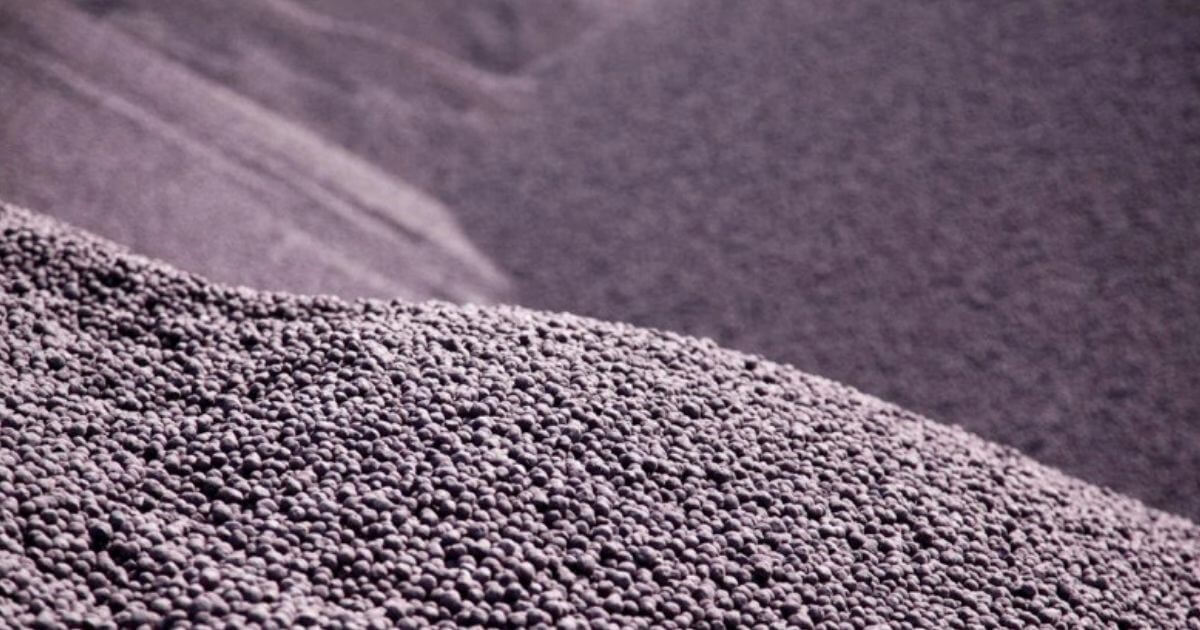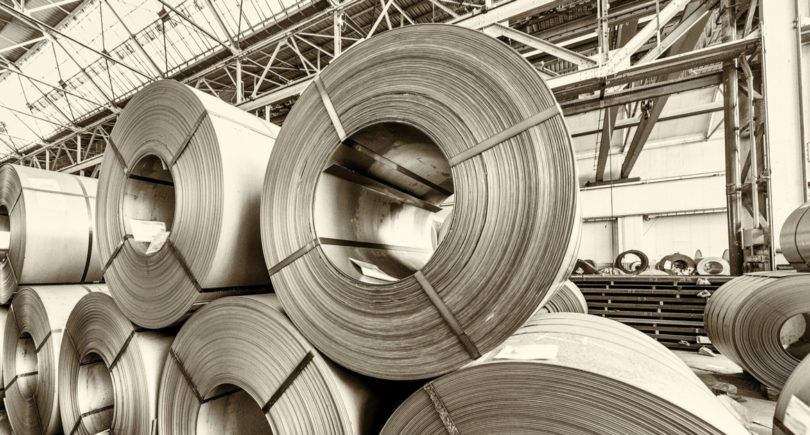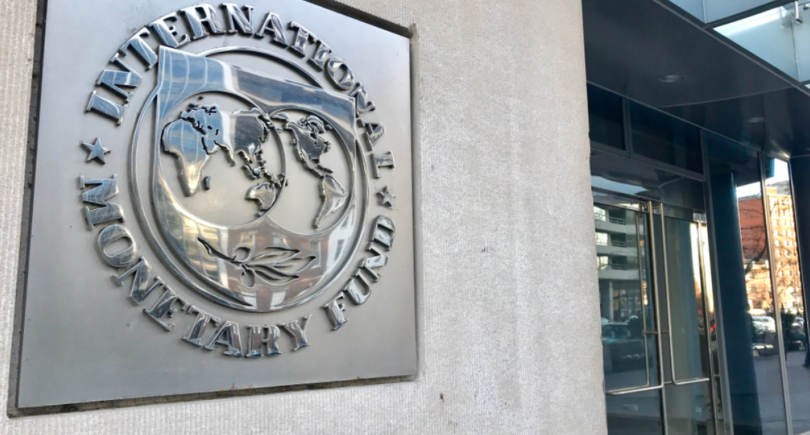
News Global Market DRI 1289 03 April 2025
Imports fell by 55% y/y
In January 2025, the European Union reduced imports of direct reduced iron (DRI) by 55% compared to the same month in 2024 and by 28.3% compared to the previous month to 161.3 thousand tons. This is based on GMK Center’s calculations based on Eurostat data.
The main importers of direct reduced iron among the EU countries in the month were Italy, Germany, Austria and the Netherlands, among others:
- Italy – 115.37 kt (-18.3% y/y);
- Germany – 8.63 thsd tonnes (-86.2% y/y);
- Austria – 15.94 thsd tonnes (-10.8% y/y);
- Spain – 21.4 thsd tonnes (+430.8% y/y);
- Netherlands – 7 thsd tonnes (74.34 thsd tonnes in January 2024).
In January, the largest suppliers of DRI to the EU were Venezuela and Russia – 54.07 thsd tonnes (+86.5% y/y), and 50.4 thsd tonnes (-73.1% y/y; +3.5% m/m), respectively. During the month, Libya shipped 24.3 thsd tonnes of DRI to the EU, up 13.3% y/y and down 52.2% m/m.
As GMK Center reported earlier, in 2024, the EU increased imports of direct reduced iron from third countries by 5.4% compared to 2023, to 2.75 million tons. In 2023, there was a drop of 11.1% y/y. The largest importers of DRI among the EU member states last year were: Italy – 659.73 thsd tonnes (-23.7% y/y), the Netherlands – 527.27 thsd tonnes (+423%), Germany – 438.46 thsd tonnes (-33.5%).
Traditionally, the key suppliers of DRI to the EU in 2024 were the Russian Federation, Libya, the USA, Venezuela, and Canada. These countries accounted for about 85% of raw material supplies to the bloc, with Russia accounting for 38%.




